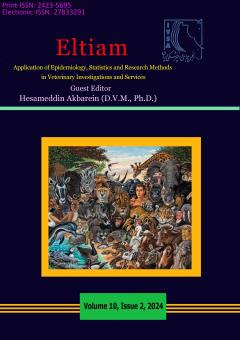Each case of dystocia is a clinical problem that may be solved if a correct procedure is followed. The diagnosis and treatment of dystocia requires a good understanding of normal parturition and sensitivity to the welfare of both dam and offspring. Difficult birth will occur when the expulsive forces are insufficient, when the birth canal is of inadequate size and shape, or when the presenting diameter of the fetus is unable to pass through the normal birth canal because it is too large or its disposition prevents it from doing so. The incidence of dystocia in heifers has been calculated to be anywhere from three to ten times that of multiparous cows, whether in beef or dairy cattle. Risk factors for dystocia are fetal-dam disparity, abnormal fetal position, vulval, vaginal, or cervical stenosis and uterine torsion. Preventing dystocia, particularly in first-calf heifers, is a very important component of a successful reproductive program on any dairy or beef operation and there are numerous factors have been involved in the incidence of dystocia. Even when plans are in place to limit dystocia risk to an acceptable level (<15% for heifers, <5% for cows), there are still cases of dystocia in beef and dairy herds. One of the most important fundamentals for optimum dystocia management is for the owner to know when to intervene or call for assistance.
Manuscript profile


